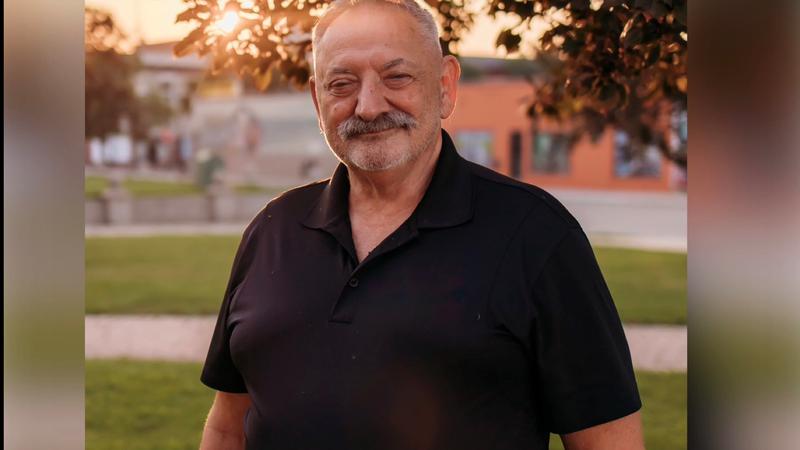
Toronto’s BMO Field undergoes transformation into a hybrid playing surface
TORONTO — Like an electronic caterpillar, a special machine is inching its way across the BMO Field pitch these days. It’s going 24 hours a day stitching green artificial fibres into the natural grass.
Imagine a sewing machine the size of a Winnebago.
Housed inside a tarpaulin cover — the eight Europeans staffing the machine find it cold in Canada — giant needles grab the polyethylene fibres and stuff them into the ground every 20 millimetres. The made-in-Abu-Dhabi fibres are 20 centimetres long and stitched 18 centimetres deep into the ground.


